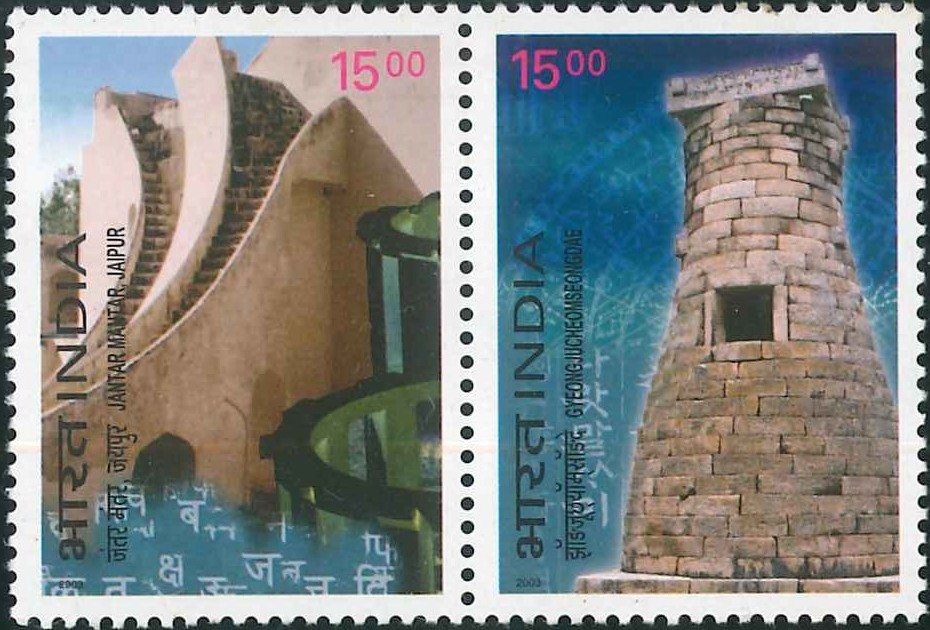
India-Republic of Korea : Joint Issue
Complete Set of 2 nos of postage stamps on the 30th Anniversary of Diplomatic Relations between India and South Korea : Ancient Observatories :
 Issued by India
Issued by India
Issued on Dec 10, 2003
Issued for : India Post, through the release of this joint issue of stamps, conveys the message of further consolidating its friendship, cooperation and partnership with ROK for the Twenty First century.
Credits :
Stamp & FDC : Bharati Meerchandani based on material obtained from the Postal authorities of ROK and photograph by M.D. Sharma.
Cancellation : Alka Sharma
Type : Se–tenant pair of 2 Stamps, Mint Condition
Colour : Four Colour
Denomination : 1500 Paise each
Overall size : 2.90 x 3.91 cms.
Printing size : 2.50 x 3.50 cms.
Perforation : 13.5 x 13.5
Paper : Matt Chromo
Print Quantity : 0.8 million each
Number of Stamps per sheetlet :16
Printing Process : Photo Offset
Printer : Calcutta Security Printers Ltd.
About :
- India and Korea share traditional ties of friendship and a common Asian heritage. There have been contacts between the two peoples through the centuries. This shared historical legacy is immortalised in the Korean epic “Samguk Yusa” (Memorabilia of the Three Kingdoms), according to which King Kim Suro married a Princess from Ayodhya. Subsequently, the advent of Buddhism into Korea, resulting in increased people-to-people exchanges, acted as the catalyst for enhanced linkages between the two countries. Today the India – Republic of Korea relationship is based on this strong foundation of shared cultural and spiritual heritage, democracy, human freedom and economic complementarities. In recent years, these relations have been reinforced with several bilateral, institutional mechanisms, set up for regular interaction between the two countries on issues of mutual interest. Besides, India’s “Look East” policy has always included the Republic of Korea as an important component. India was actively involved in the Peninsula to support the United Nations during the Korean War and also after the war.
- Trade and investment constitute an important aspect of the India – ROK bilateral relations. Total bilateral trade in 2002-03 was US$ 2.2 billion and is growing. Total cumulative approved ROK investment to India is nearly US$ 3 billion. There has been fruitful interaction and growing cooperation in the Information Technology sector.
- India – Korea ties have surged ahead in all directions and completed thirty years of the establishment of diplomatic relations. Providing further impetus to mutual understanding and cooperation, the Postal Administrations of the two countries have embarked on a joint venture in Philately through the release of a set of stamps.
- The setenant features the ancient observatories of the two nations that depict the technological advancements in the field of astronomy at that time. The Korean stamp depicts the Cheomseongdae Astronomical Observatory at Gyeongju. The observatory was built in 647 A.D. during the reign of Queen Seondeok (632-647) in the Silla period and is 9.17 metres high. It is probably the oldest observatory still remaining in East Asia. As an astronomical observation centre of Silla, it served as the standard of the meridian. It can be seen that astronomy was deeply related to agriculture in that it could decide the farming time according to the movement of the celestial bodies. And it was also deeply related to politics as the good and bad luck of a nation could be predicted according to the result of observing the heavens. Accordingly, astronomy became the great interest of a nation, and as a result, it is natural to have built Cheomseongdae.
- The Indian stamp features the ‘Jantar Mantar’ at Jaipur. Etymologically speaking, the Sanskrit word ‘Yantra’ meaning instrument is ‘Jantar’ in the local dialect and the Sanskrit word ‘Mantra’ or Mantar means a mystical formula meant for attainment in astronomical and mathematical calculations as well as in spiritual life. The Jantar Mantar at Jaipur was constructed by Maharaja Sawai Jai Singh in 1728 A.D. and is 431 metres above Mean Sea Level. He had a monumental love for astronomy that found expression in the creation of this observatory. It is situated in the vicinity of the Royal city palace so that the Astronomer-Maharaja could carry out celestial observations whenever he wanted. The objective of its construction was to popularise the study of astral luminaries, to make celestial observations, to prepare the ephemeris, almanacs and calendars. This magnificent scientific creation paved the way for the pursuit of astronomical studies and research in the country. It became the Mecca for Indian and European astro-scholars. The observatory was restored under the orders of Maharaja Sawai Madho Singh II in 1901 A.D. It still serves as an arena of practical demonstrations and examination for the students of astronomy.
- Text : Based on inputs received from Ministry of External Affairs and ROK.


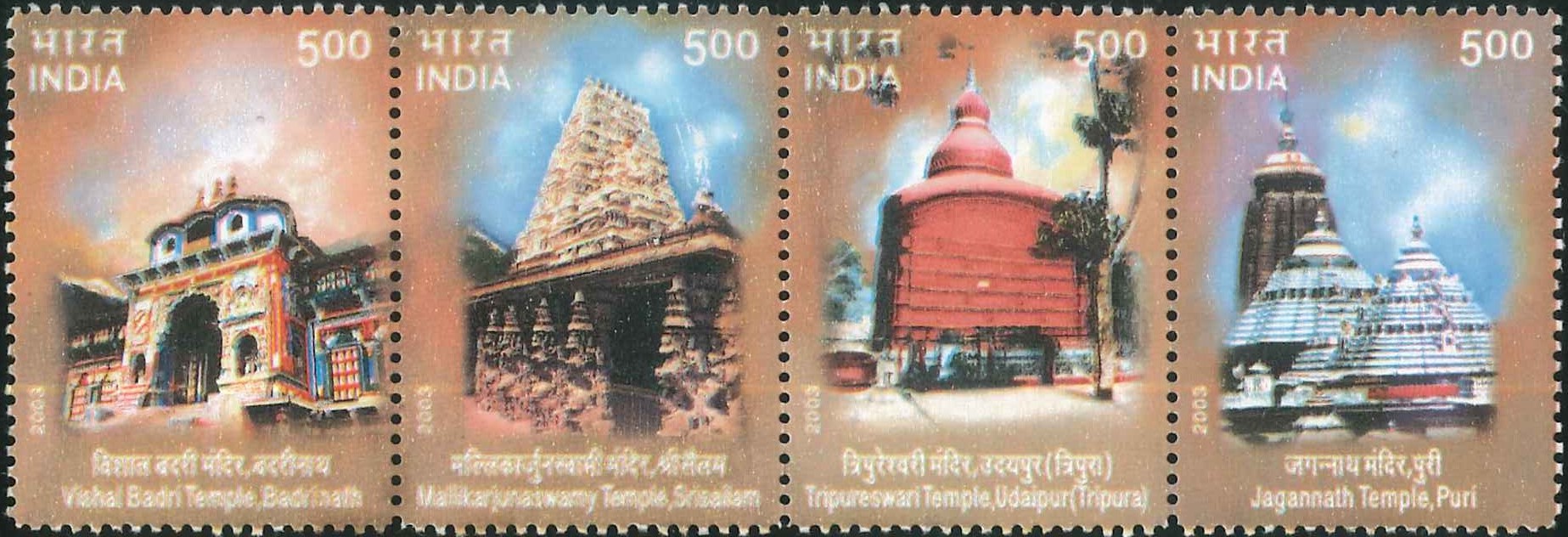
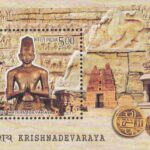
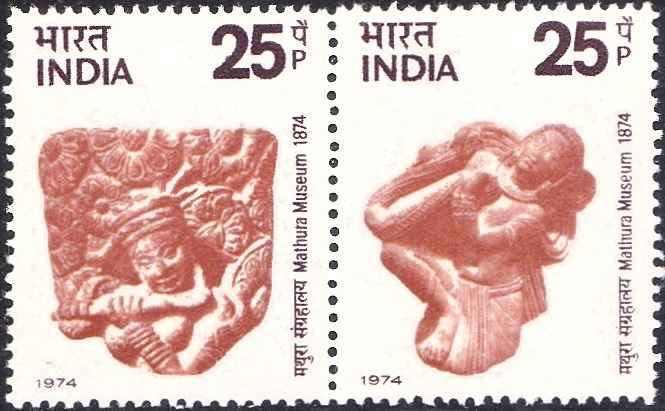
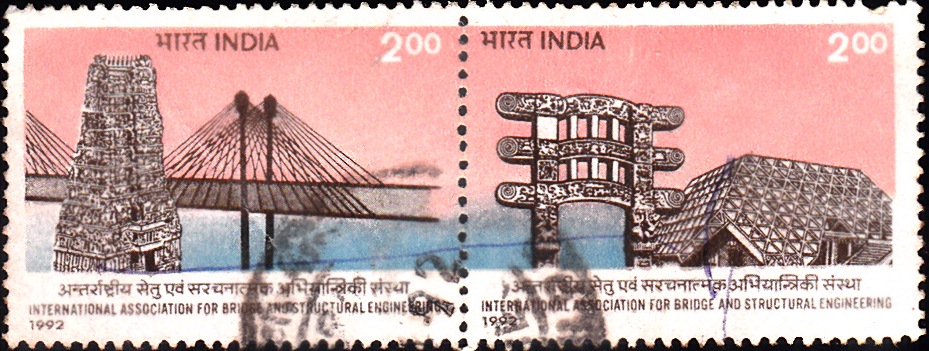
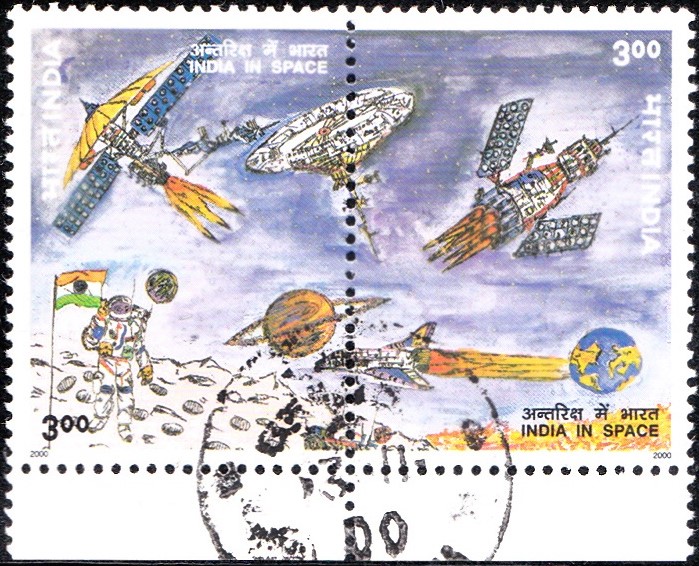
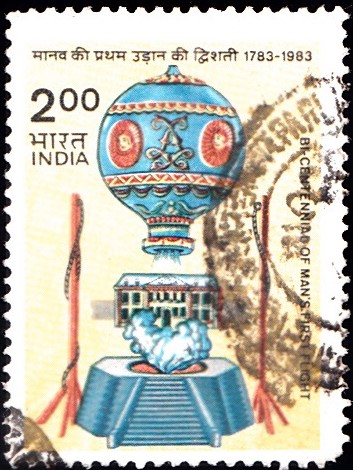
[…] and 1982. The first set of two stamps in the series depict the Mascot and the Logo of the Games, Jantar Mantar (astronomical observatory) located in New Delhi has been graphically represented in the Logo of the […]